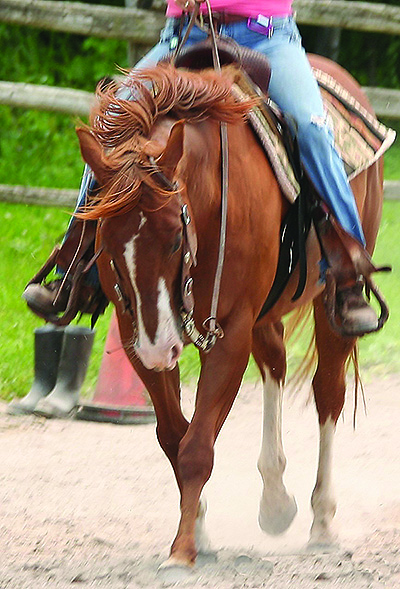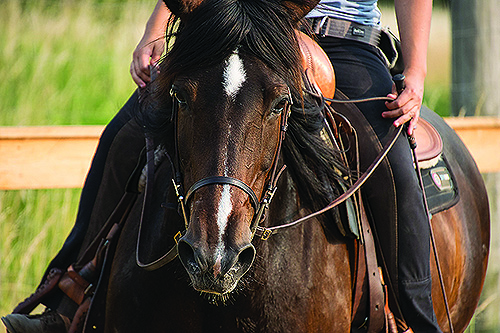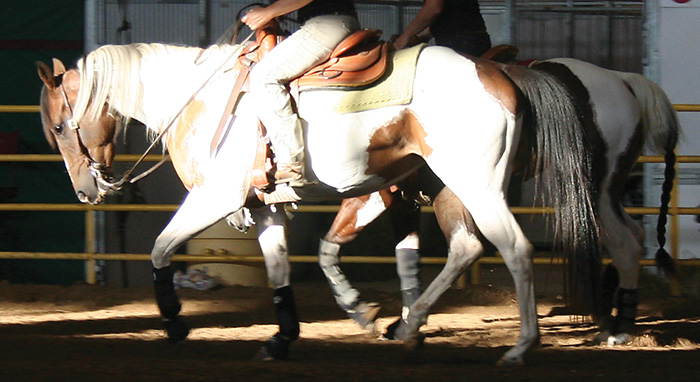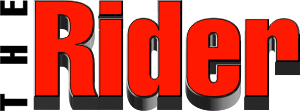
“We usually have two options with horses: We can either give them time to think or wish we had.” Mark Rashid
One of the biggest lessons we need to learn in training horses is to wait on them. Waiting on the horse means giving the horse the opportunity to process what we are asking of him and let him make a choice. When you first start training the young ones they are learning, everything is new; they need to be shown what we want them to do and get the release when they do it, so they know they got the right answer.
 Over time as the horse gets more familiar with the training, and confident that he can get the answer right, we need to give the horse a chance to make a decision - we don’t micromanage his every move – we don’t constantly tell or babysit him in his actions.
Over time as the horse gets more familiar with the training, and confident that he can get the answer right, we need to give the horse a chance to make a decision - we don’t micromanage his every move – we don’t constantly tell or babysit him in his actions.
It is our job to create the path of least resistance for that horse to learn and to choose, and the choices need to be clear. Horses learn through repetition and small things learned develop in to bigger things. During the training process, we humans can over-complicate things, asking too much; all at once, too soon and creating an obstacle course for the horse instead of the uncomplicated path of least resistance! The path often is not clear and confusing for him, and he doesn’t always know when he gets the answer right because the release isn’t there, just more ask from the trainer.
We may add more resistance by injecting our emotional state of mind during this process, because frustration starts where knowledge ends. In turn the horse senses and becomes a reflection of that state of emotion which can rattle us even more, and it becomes a spiral of negative emotional reactions.
 In today’s fast paced, instant gratification world, we forget to tune into and work at the horse’s pace, we are often so wrapped up with that hustle and bustle, the hurry and rush feeling which, when we think about it, we know has no place in horse training. Each horse is different, just like we are.
In today’s fast paced, instant gratification world, we forget to tune into and work at the horse’s pace, we are often so wrapped up with that hustle and bustle, the hurry and rush feeling which, when we think about it, we know has no place in horse training. Each horse is different, just like we are.
Each horse deserves and needs a program designed and adjusted for him to learn the best. Some trainers train only one way, ‘my way’ and many horses fail to fit the program and the trainer considers the horse no good. Some horses are pushed too far too fast; some clients are impressed with the trainer who can get their horse trained up the quickest. And those horses are often the ones who end up hurt, with a short career and a lifetime of lameness and ailments afterwards.
 Some horses are pushed because they have the papers to do a certain job – but that doesn’t mean a thing if the horse does not enjoy the job he is ‘supposed’ to do. Like forcing someone who loves working outdoors to sit at a desk and do IT all day, a horse forced to do a job he hates will not be happy.
Some horses are pushed because they have the papers to do a certain job – but that doesn’t mean a thing if the horse does not enjoy the job he is ‘supposed’ to do. Like forcing someone who loves working outdoors to sit at a desk and do IT all day, a horse forced to do a job he hates will not be happy.
Moving too fast in a horse’s training we can hurt the horse, both physically and mentally, because the horse is not now a willing partner but a subjugated animal responding either because of fear or has been drilled so hard in certain movements he becomes robotic. These horses have considerable holes in their foundation work which will surface somewhere down the line.
In the long run, the shortest route to a happy and healthy horse is taking your time, and waiting on the horse. Because if you don’t, you’ll wish you had.
Pro and Non-Pro articles written by Jen Jonas of Jonas Performance Horses (Pro) and Sharon Jones of Be A Better You (Non-Pro). Together, they are J&J Reining Inc. Both Jen and Sharon are believers in continual learning – if you’re not learning you’re not growing.


